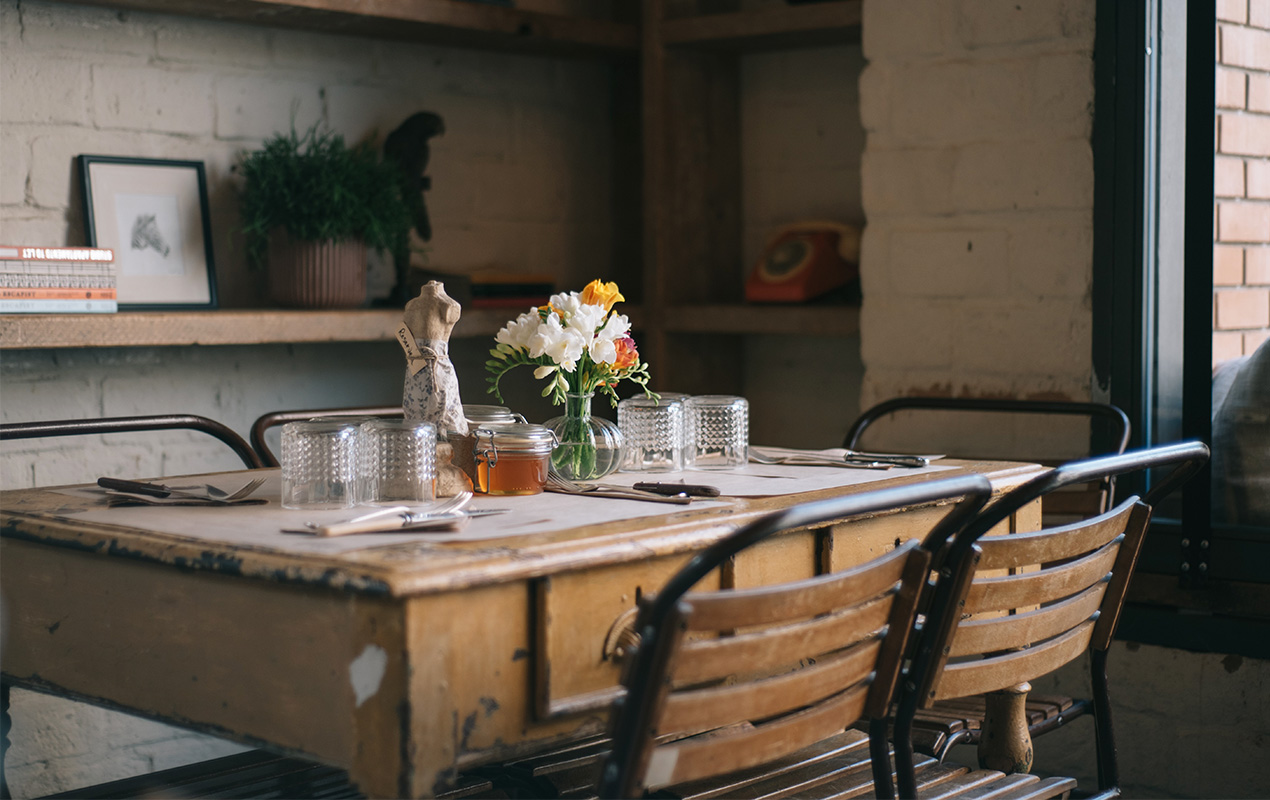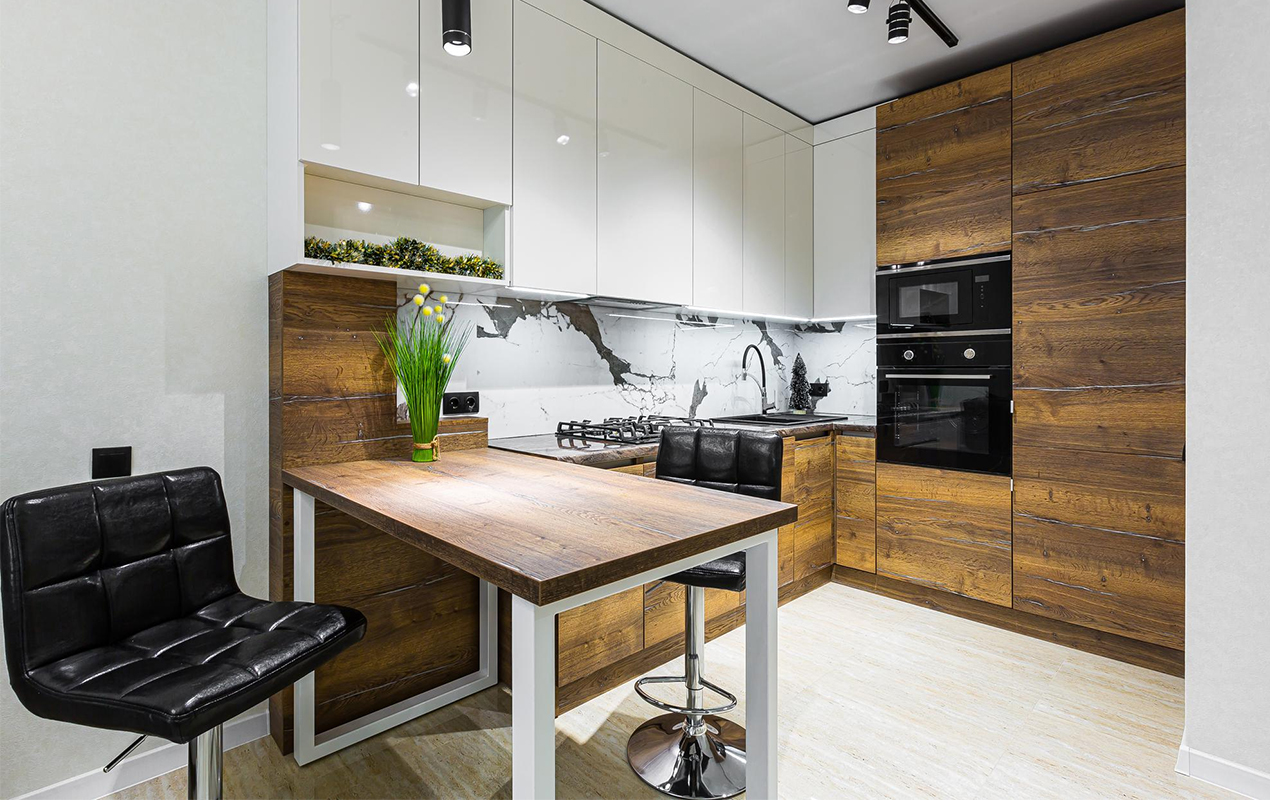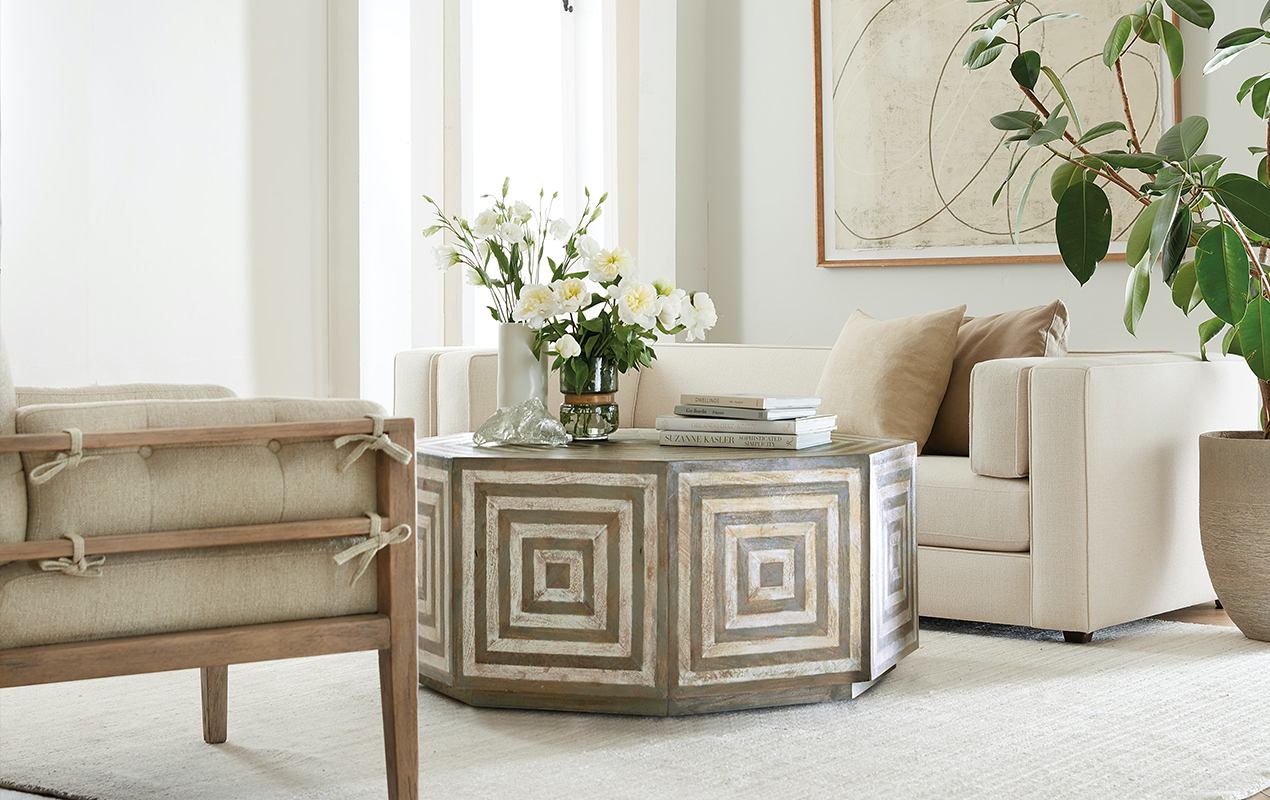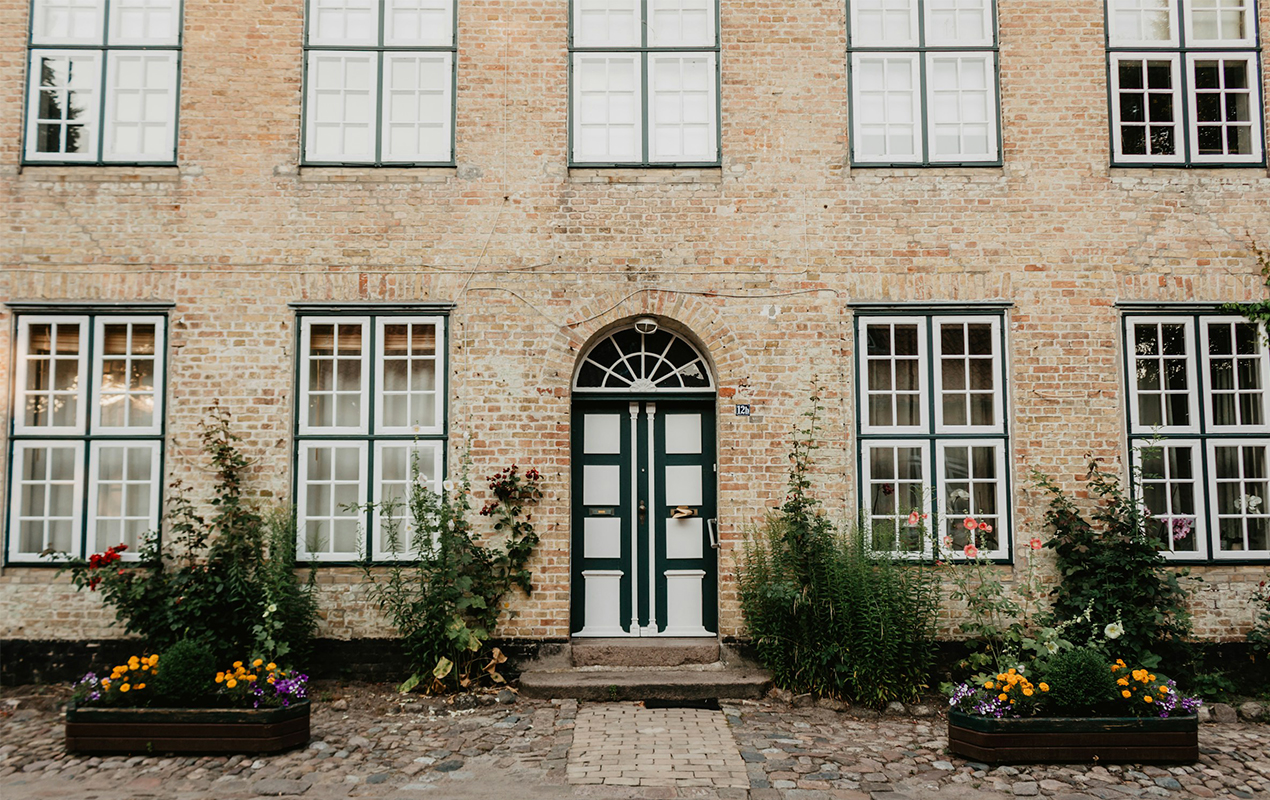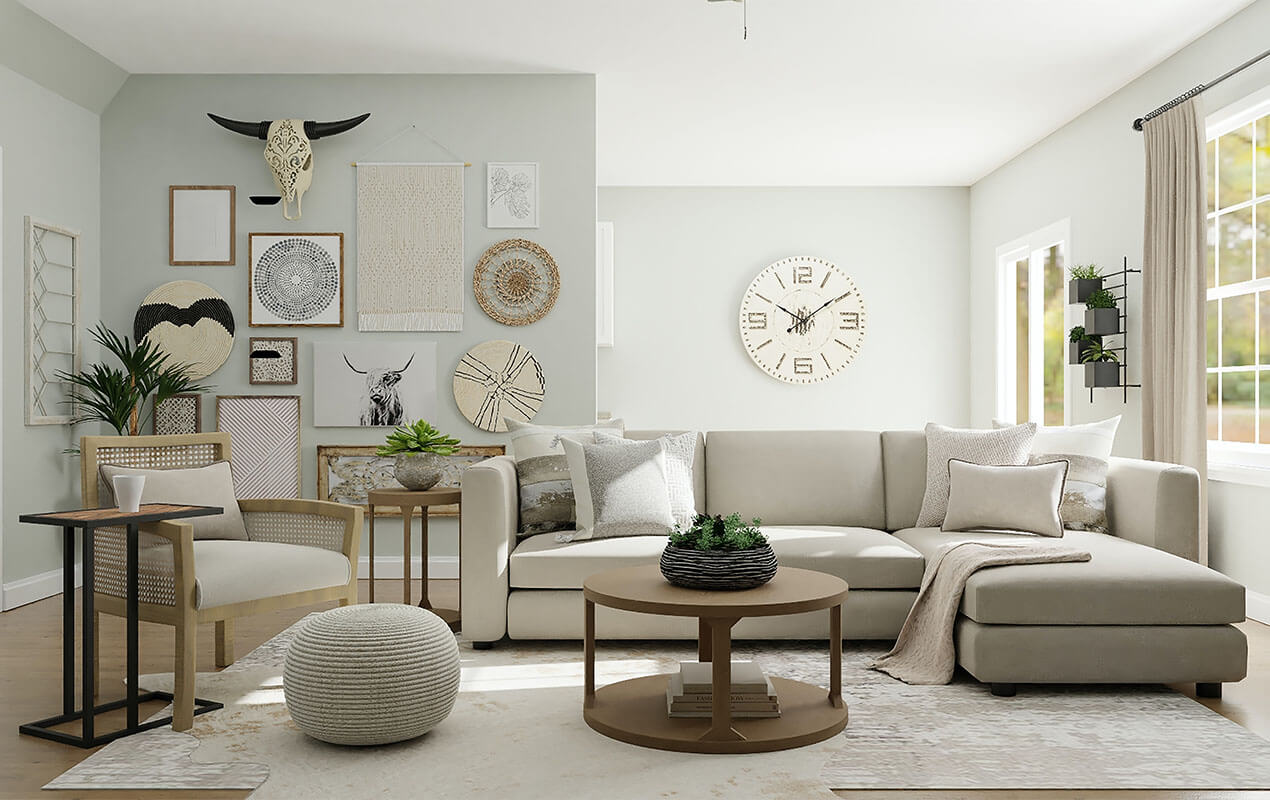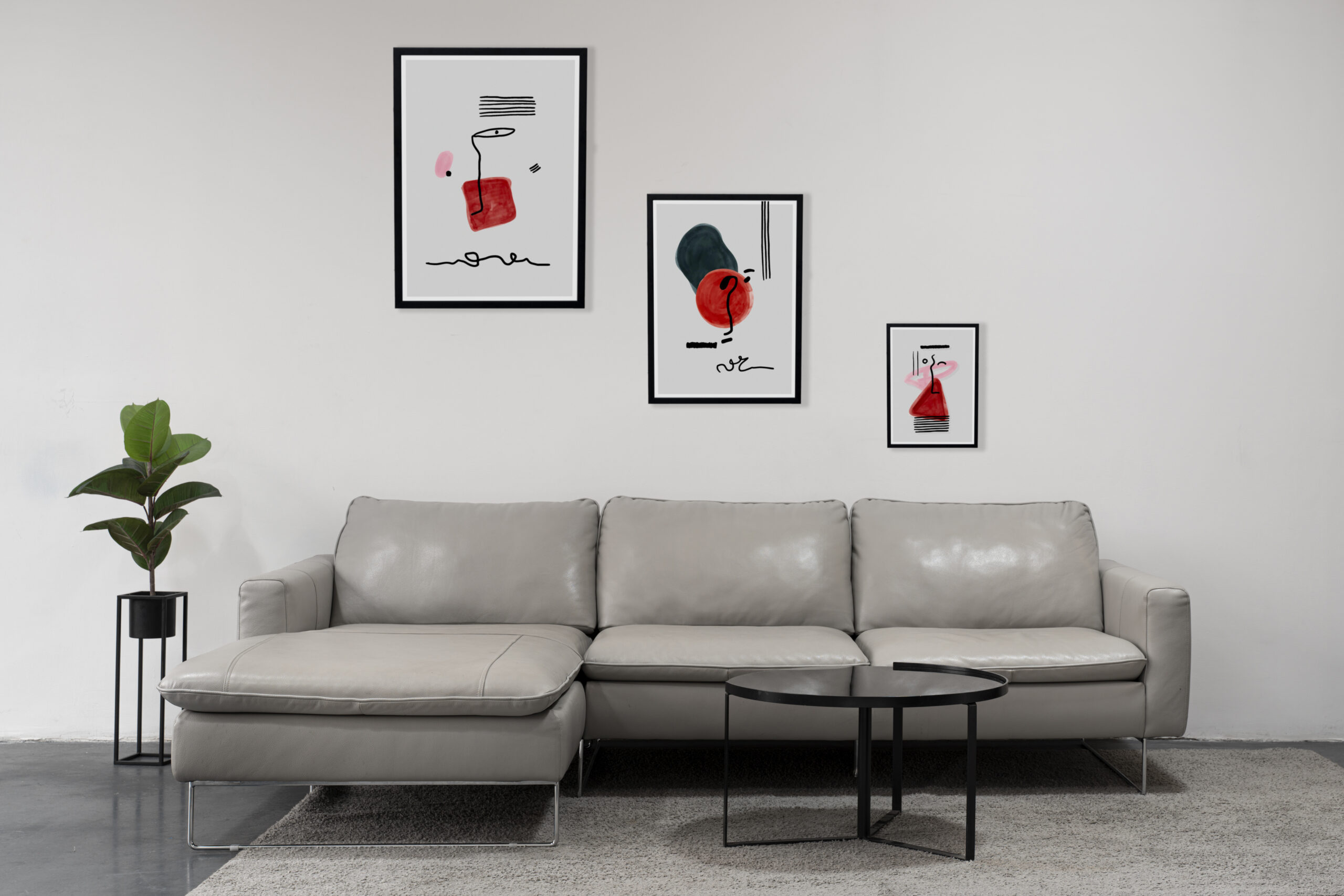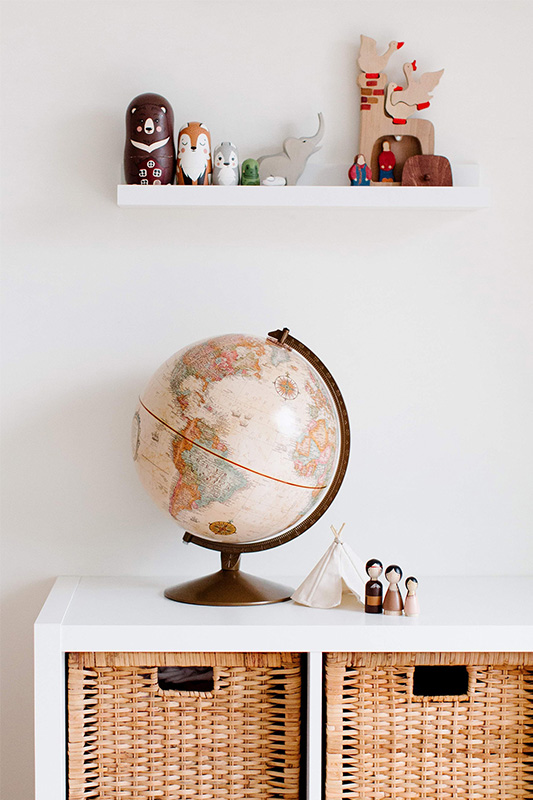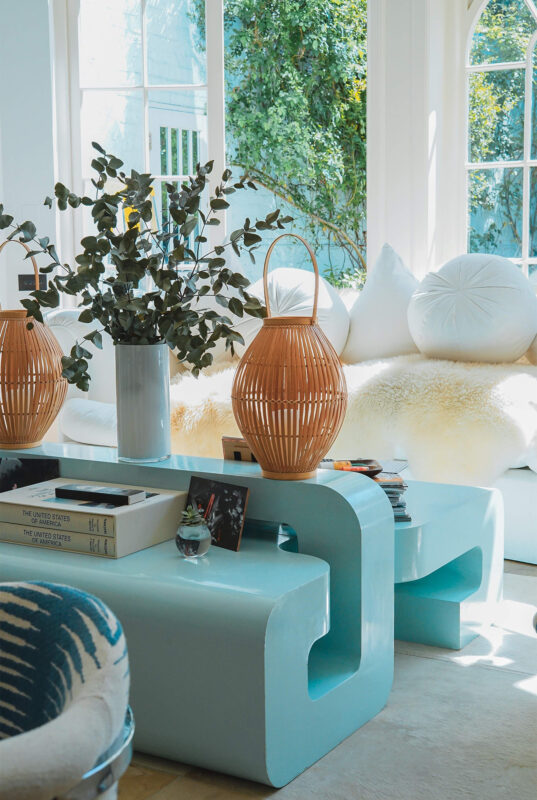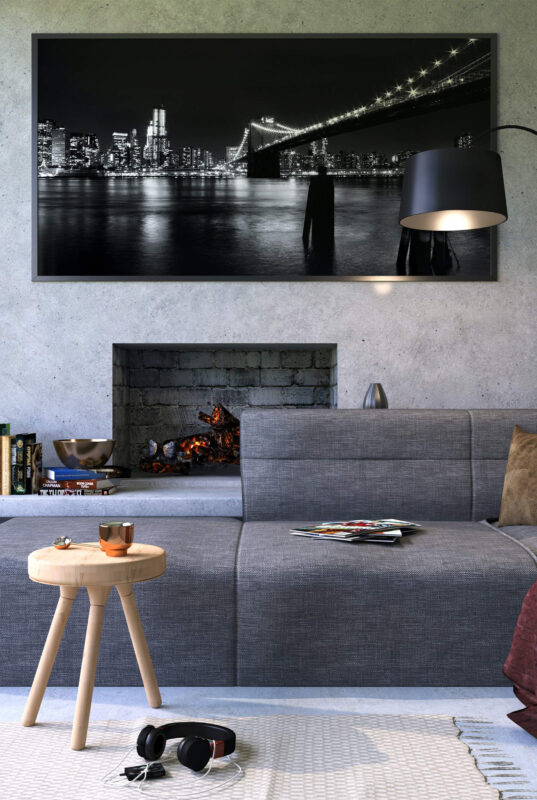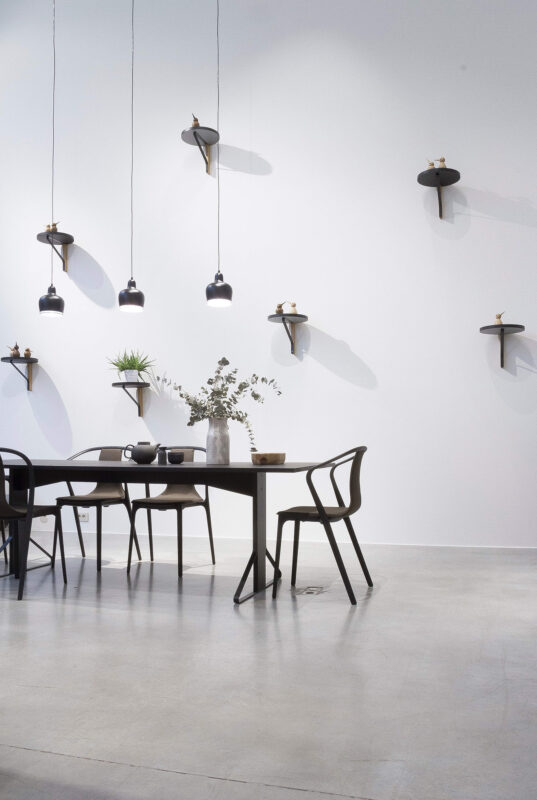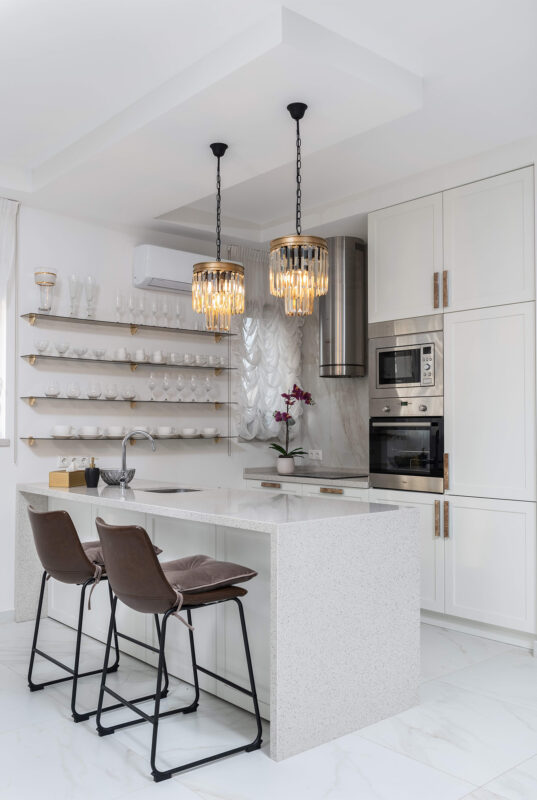Buying Antique Furniture from Overseas: Tips for Elevating Your Home Decoration

Popular Types of Antique Furniture for Home Decoration
Antique furniture offers unique charm and character to your home. Here are some popular types that can elevate your decor while providing functionality.
Chairs and Seating Options
Antique chairs are an excellent way to infuse character into your space. You can find various furniture styles, from elegant Victorian armchairs to rustic farmhouse stools.
Key Styles:
- Victorian Chairs: Known for their intricate carvings and plush upholstery.
- Louis XVI Chairs: These feature straight lines and neoclassical designs.
- Mid-Century Modern Chairs: Often made from wood and designed for comfort.
Choosing the right sofa material affects comfort and durability. Options like leather, velvet, linen, or microfiber offer style, easy cleaning, and longevity for every home setting.
Seating options can be both stylish and comfortable, making them a focal point in any room. Pair an antique chair with a modern table for a striking contrast.
Mirrors and Decorative Accents
Antique mirrors not only add depth to your home but also reflect light beautifully. You can choose from ornate frames that are perfect for a glamorous look or simple designs for a more understated feel.
Options to Consider:
- Gilded Mirrors: Often used in entryways or living rooms for a luxurious touch.
- Shabby Chic Mirrors: These can add a rustic charm to bedrooms or bathrooms.
- Vintage Wall Plates: Hang these around mirrors for added interest and texture.
Using these mirrors creatively can help enhance your space and make it feel larger and brighter.
Commodes and Nightstands
Antique commodes and nightstands are not just practical; they are also lovely decorative pieces. These items come in various styles and can serve both storage and aesthetic purposes.
Why Choose Them:
- Style Variety: From ornate Baroque designs to sleek Art Deco styles, there’s something for everyone.
- Functionality: They provide excellent storage options while maintaining a vintage appeal.
Position a stylish commode in your living room or a nightstand beside your bed for a unique blend of functionality and charm.
Chandeliers and Lighting Choices
Choosing antique chandeliers or lighting fixtures can dramatically alter the mood of your space. These pieces can serve as stunning focal points, bringing elegance to any room.
Popular Styles:
- Crystal Chandeliers: Add sparkle and are perfect for dining rooms or entryways.
- Rustic Iron Fixtures: Ideal for a cozy, farmhouse-style interior.
- Vintage Table Lamps: These can offer soft lighting for reading nooks or bedside tables.
Integrating these lighting choices into your home can enhance its atmosphere while showcasing your personal style.
Finding Reliable Overseas Antique Furniture Sources
When looking for antique furniture from overseas, it’s essential to find trustworthy sources. This ensures you receive quality pieces and a smooth shopping experience. Here are some key areas to explore for reliable options.
Reputable Online Marketplaces
Many online marketplaces specialize in antique furniture. Websites like 1stDibs and Etsy are great for discovering unique items.
- 1stDibs features high-end antiques from various time periods, along with detailed descriptions and images.
- Etsy offers a mix of handmade and vintage items, allowing you to find special pieces for every room in your home.
Always check reviews and ratings before making a purchase. Customer feedback can provide insights into reliability and quality.
Trusted Dealers and Boutiques
Shopping through established dealers and boutiques can also be a great option. These sellers often have a reputation for quality and authenticity.
- Look for businesses that have been in the industry for years.
- Check their return policies, so you know what to expect if an item doesn’t meet your standards.
Investigate dealers who are part of reputable antique associations. Membership can indicate a commitment to quality and service.
French Antiques and Chez Pluie
If you’re a fan of French decor, consider visiting Chez Pluie. This boutique specializes in sourcing exquisite French antiques and vintage pieces.
- They offer a curated selection of furniture that reflects the timeless charm of French design.
- Their knowledgeable staff can guide you in finding the perfect item for your space.
Buying from boutiques like Chez Pluie can provide a unique touch to your home while ensuring that you’re investing in quality decor.
Sourcing Vintage Items Globally
To source vintage items globally, consider using international shipping services.
- Research sellers in countries known for specific styles, like Italian, Scandinavian, or British antiques.
- Websites like Chairish also feature global sellers, making it easier for you to find unique pieces.
Don’t forget about the customs regulations when importing furniture. Understanding these rules can prevent any unexpected issues or extra fees.
By exploring these avenues, you can uncover a wealth of antique furniture options to enhance your home decor.
Evaluating Quality and Authenticity When Buying Abroad
When purchasing antique furniture from overseas, it’s crucial to evaluate its quality and authenticity. Doing so ensures you invest in pieces that are both beautiful and valuable. Here are some detailed tips to help you make informed decisions.
Inspection Tips for Antique Furniture
Start by closely examining the furniture. Look for signs of wear. Original pieces will show age through small scratches and worn areas, not just pristine surfaces. Check joints; authentic furniture often has robust, intricate joinery instead of simple screws.
Key aspects to inspect:
- Wood Type: Know your woods. Many antiques are made from specific trees that signify age.
- Style Features: Familiarize yourself with design elements of the era. This can include carvings, shapes, and finishes.
- Condition: Minor repairs can be acceptable but check major restorations. Heavy refinishing might decrease value.
Bring a flashlight to spot details like carvings or markings often hidden in shadows. Don’t hesitate to ask questions about repairs or history from the seller.
Understanding Provenance and Documentation
Provenance helps establish the history of an antique piece. Good documentation can confirm authenticity and increase the item’s value. Always ask for any records available.
What to look for:
- Certificates of Authenticity: These documents should detail the item’s age, origin, and any past ownership.
- Seller Reputation: Buy from reputable dealers who can provide solid backgrounds on their pieces.
- Trade History: Items with a documented journey often have greater appeal and authenticity.
Having this information can also bolster your confidence in your purchase while making future resale easier.
Identifying Fine Art and Craftsmanship
Quality craftsmanship can set valuable antiques apart from reproductions. Pay attention to details that reflect fine art techniques.
Indicators of quality include:
- Handmade Features: Look for individual nuances like hand-carved designs or uneven paintbrush strokes.
- Material Quality: Authentic pieces often use better materials, such as solid wood instead of veneers.
- Artistic Details: Check for intricate patterns, engravings, or inlays that showcase skill.
Consider bringing a magnifying glass to appreciate finer points. These aspects contribute to the overall beauty and historical significance, making your piece not just furniture but a story.
International Shipping Methods for Antique Furniture
When buying antique furniture from overseas, understanding shipping methods is crucial for a successful purchase. You can choose between airfreight and sea freight, each with distinct advantages and challenges. Additionally, packaging and protection are key to keeping your antiques safe during transit. Lastly, knowing about insurance and customs helps you anticipate costs and potential hurdles.
Choosing Between Airfreight and Sea Freight
When deciding how to ship your antique furniture, airfreight and sea freight are the two main options. Airfreight is faster, typically taking a few days. This option is best for small items or when time is a priority. However, it can be expensive.
Sea freight, on the other hand, is more economical for larger shipments. It can take weeks for delivery, so plan accordingly. Consider using Full Container Load (FCL) shipping if you have a lot to send. This method offers dedicated space, reducing the risk of damage. Alternatively, Less Than Container Load (LCL) is suitable for smaller shipments but may come with additional handling risks.
Handling Packaging and Protection
Proper packaging is vital for shipping antique furniture. Use high-quality packing materials like bubble wrap, foam, and sturdy boxes. Make sure to wrap fragile parts separately. Use wood crates for large furniture pieces as they offer extra protection.
Label your packages clearly with handling instructions. Consider using plastic sheeting for moisture protection, especially for sea freight. Your shipper may also offer additional packaging services tailored for antiques. Investing time in proper packaging saves you stress when your items arrive without damage.
Understanding Insurance and Customs
Insurance is essential when shipping valuable antiques. Check if your shipping provider offers coverage. This protects you against potential loss or damage. Consider purchasing additional coverage for high-value items to ensure peace of mind.
Customs regulations can be tricky. You may need to declare the value and provide invoices. Research the rules for your destination country to avoid delays. Some states have restrictions on certain materials, so knowing these will keep your shipment smooth. Having all your documents in order will help in getting your antique furniture home without any hitches.
Planning for Costs, Import Duties, and Logistics
When buying antique furniture from overseas, understanding costs and logistics is crucial. Knowing what to expect helps you make informed decisions.
Calculating Total Purchase and Shipping Expenses
Start by adding the purchase price of the antique piece to the shipping costs. Be sure to request shipping quotes from various carriers to find the best deal. Consider extra charges like insurance and customs fees. You might also need to pay for special packaging if your piece is fragile.
Example of Cost Breakdown:
| Item | Cost |
| Purchase Price | $1,200 |
| Shipping Cost | $250 |
| Insurance | $50 |
| Customs Fees | $100 |
| Total | $1,600 |
Make sure to get a final quote before placing your order. This will help you avoid surprise expenses later.
Navigating Import Taxes and Duties
Import taxes and duties can add to your total costs. Each country has different rules. In the U.S., duties for antiques may range from 0% to 5%.
You’ll need to declare the item’s value when it arrives. Keep all receipts and documents handy. This can make the process smoother. It’s a good idea to work with a customs broker. They can help you navigate the requirements and reduce any potential headaches.
Managing Delivery Timelines and Receiving Items
Delivery timelines can vary based on the shipping method and distance. Air freight is faster but usually more expensive than ocean freight. Be aware that customs clearance can take extra time. Plan for potential delays, especially during busy seasons.
When your item arrives, inspect it immediately for any damage. Notify the seller and shipping company right away if there are issues. They can often assist in resolving problems.
Transform your home with style and elegance. Discover unique pieces at DeCasa Collections.


